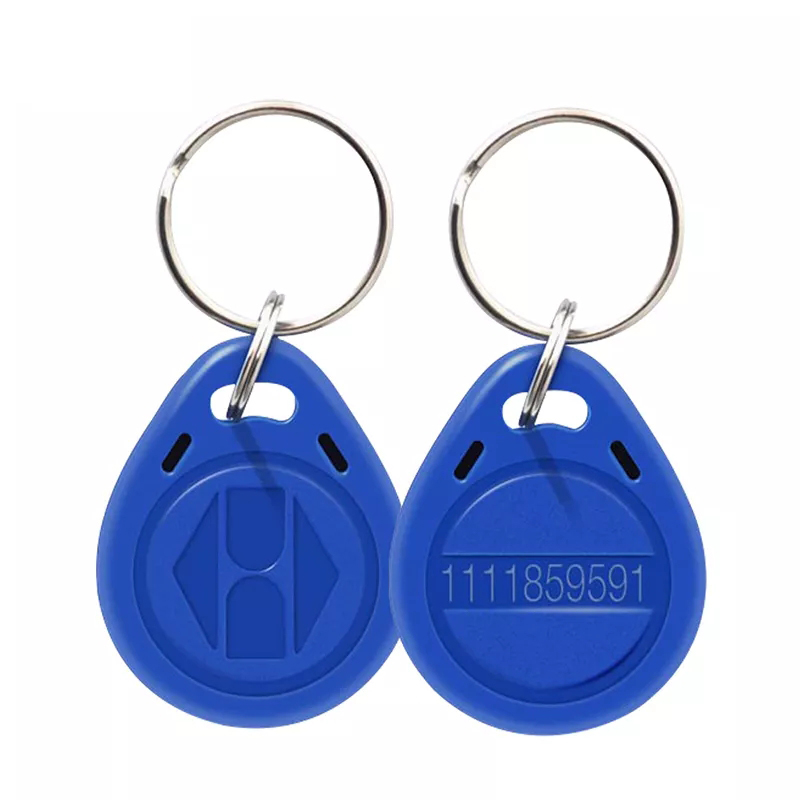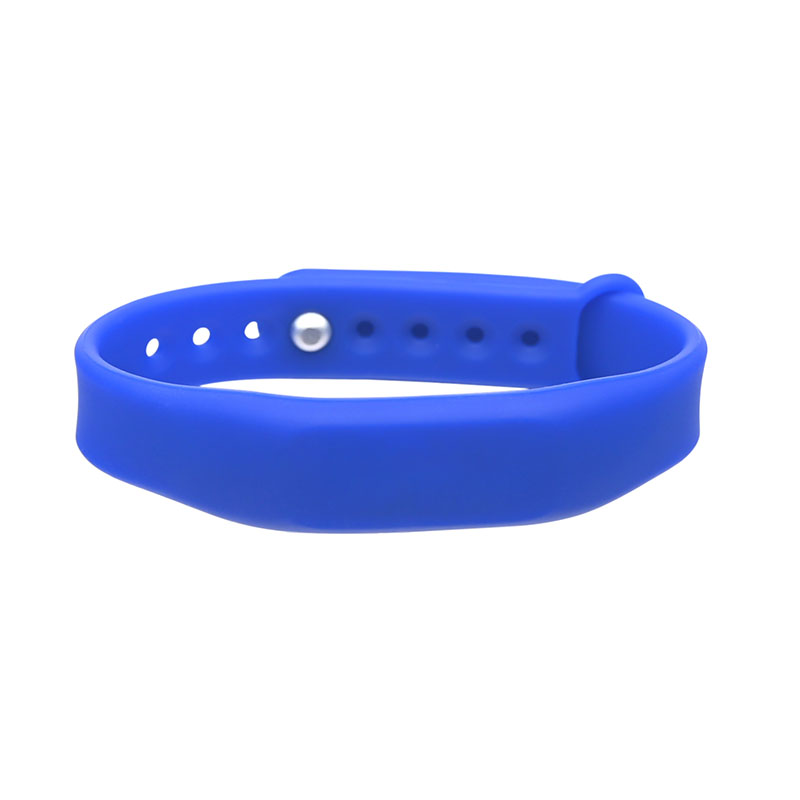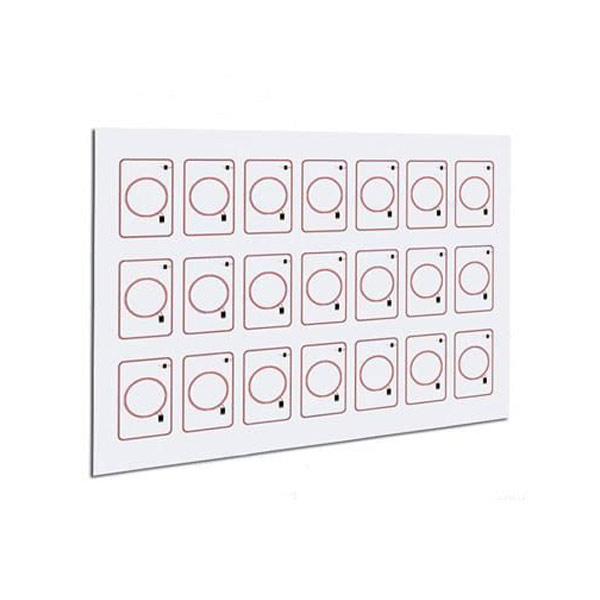In today’s fast-paced, data-driven business landscape, the ability to control access and track assets with precision is no longer a competitive advantage — it’s a necessity. Organizations in industries ranging from manufacturing to healthcare face growing challenges: safeguarding valuable equipment, ensuring only authorized individuals can enter secure areas, and maintaining accurate records without slowing down daily operations. Traditional solutions, such as physical keys or magnetic stripe cards, often fall short. Keys can be duplicated, logs can be falsified, and manual tracking consumes time and resources.
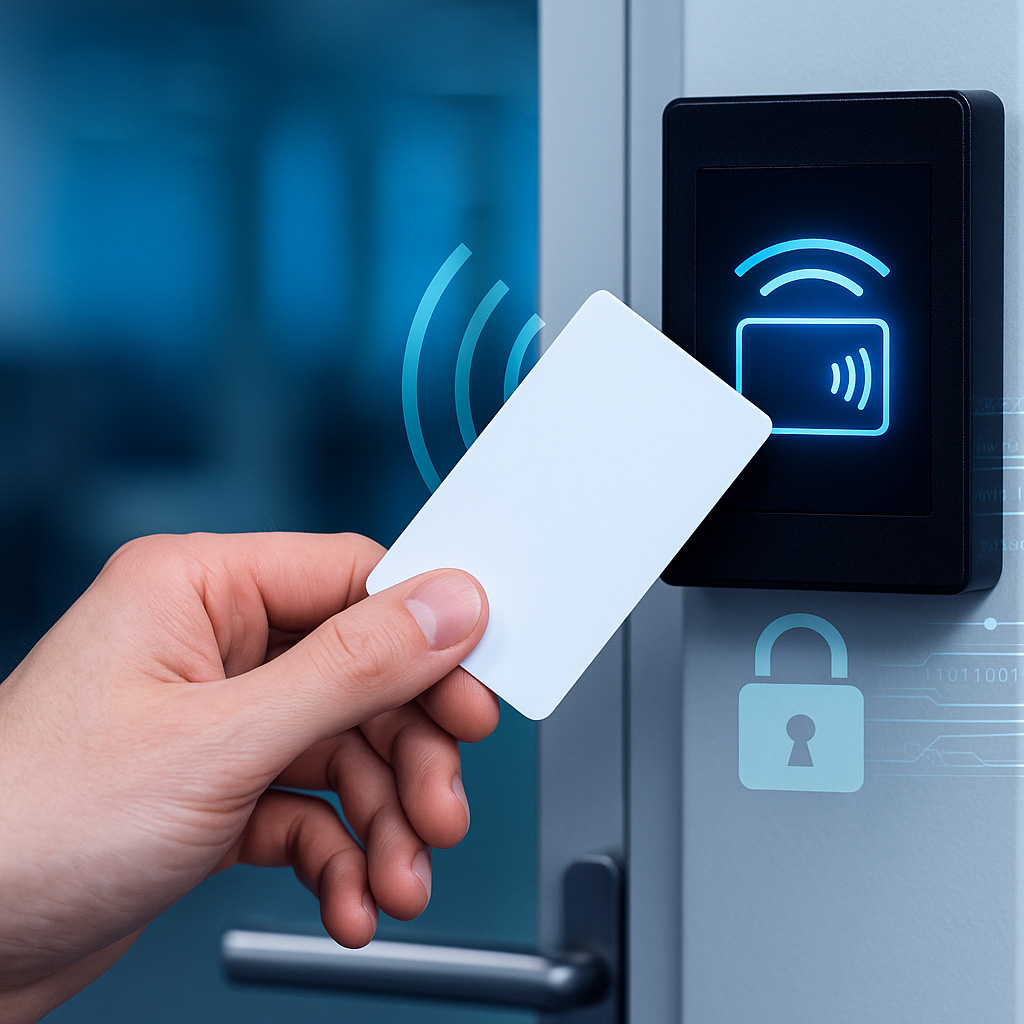
Radio Frequency Identification (RFID) technology has emerged as a robust answer to these challenges, offering a blend of security, efficiency, and scalability that conventional systems simply cannot match. RFID cards, in particular, have become a cornerstone for modern Asset Management and Access Control systems. They enable organizations to automate processes, reduce human error, and gather actionable data that informs better decision-making.
This article explores five transformative ways RFID cards are reshaping the way businesses handle their assets and regulate access. From streamlining asset tracking to future-proofing entire operations, these benefits demonstrate why RFID is becoming the standard in secure, intelligent facility management.
RFID, or Radio Frequency Identification, is a technology that uses electromagnetic fields to identify and track objects or individuals via tags that contain electronically stored information. In the context of RFID cards, the “tag” is embedded within a plastic card and contains a microchip and antenna. When the card comes within range of an RFID reader, it wirelessly transmits its unique identifier. This process does not require direct contact or line-of-sight scanning, which makes it significantly faster and more convenient than barcode or magnetic stripe systems.
There are three common frequency ranges used in RFID cards:
Low Frequency (LF) — Operates at 125–134 kHz, with short read ranges (up to 10 cm). Commonly used for Access Control in smaller facilities.
High Frequency (HF) — Operates at 13.56 MHz, with read ranges up to 1 meter. Includes NFC (Near Field Communication) standards used in contactless payments and transit passes.
Ultra-High Frequency (UHF) — Operates at 860–960 MHz, capable of reading multiple tags simultaneously from distances up to 12 meters, making it ideal for inventory and logistics applications.
Compared to older technologies, RFID cards are harder to clone, can be read through non-metallic materials, and offer faster data capture. This makes them an excellent choice for environments where speed, security, and accuracy are paramount.
1. Streamlined Asset Tracking
Traditional asset tracking often relies on manual processes: filling out paper logs, scanning barcodes one at a time, or depending on staff to report asset movements. These methods are prone to human error and can quickly become unmanageable in large operations. Losing track of tools, medical devices, or IT equipment can result in costly delays, safety hazards, and compliance violations.
RFID cards, when paired with asset tags, revolutionize this process. Assets are equipped with RFID tags containing a unique ID linked to a centralized database. Employees use their RFID cards to “check out” items from storage, automatically updating the system. Fixed RFID readers can track asset movements in real time as they pass through checkpoints, while handheld readers allow for rapid inventory audits.
Example:
In a hospital setting, medical devices such as infusion pumps and portable monitors are constantly moved between departments. RFID tracking ensures that staff can instantly locate the nearest available device, reducing time spent searching and improving patient care. Asset utilization rates increase, and losses due to misplacement or theft decline.
The impact of RFID-enabled asset tracking includes:
Reduced administrative burden through automation.
Improved accountability for equipment usage.
Faster inventory counts — sometimes reducing a multi-day process to just hours.
Data accuracy rates approaching 99% in well-implemented systems.
Physical security is a critical component of any Asset Management strategy. Traditional lock-and-key systems are limited: keys can be lost, copied, or stolen without immediate detection. Even older access card systems using magnetic stripes are vulnerable to skimming and cloning.
RFID cards bring a higher level of security through encryption and unique identifier codes that are difficult to replicate. Access permissions can be assigned to specific individuals and tailored to precise requirements — for example, granting entry only to certain rooms, during specific time windows, or for a limited period. This granular control is invaluable in environments where sensitive information or valuable assets must be protected.
Example:
In a corporate headquarters, RFID access cards can be programmed to allow IT staff into server rooms but not executive offices, while maintenance teams may have access to storage areas but not financial departments. If an employee leaves the company, their card can be instantly deactivated in the system, eliminating the need to rekey locks or replace hardware.
Enhanced security benefits include:
Reduced risk of unauthorized entry.
Integration with video surveillance for event correlation.
Comprehensive audit trails for compliance reporting.
Quick response to security breaches by revoking or modifying access in real time.
3. Improved Operational Efficiency
Every minute spent on manual check-in/check-out procedures, searching for misplaced items, or verifying access credentials is time not spent on productive work. Over time, these inefficiencies add up, affecting both operational costs and customer satisfaction.
RFID cards speed up these processes dramatically. Multiple items can be scanned simultaneously without direct alignment to the reader, allowing for “hands-free” Access Control or rapid asset handover. When integrated with enterprise systems — such as ERP (Enterprise Resource Planning) or CMMS (Computerized Maintenance Management Systems) — RFID automates data entry, reducing the need for repetitive manual input.
Example:
In a construction firm, heavy machinery and tools are stored in a centralized depot. Workers use their RFID cards to quickly check out multiple items in seconds, rather than filling out forms for each tool. Return processes are equally streamlined, ensuring equipment is back in circulation faster and minimizing project delays.
Efficiency gains include:
Shorter wait times at access points.
Fewer administrative staff required for Asset Management.
Reduced downtime caused by unavailable equipment.
Improved employee productivity and satisfaction.
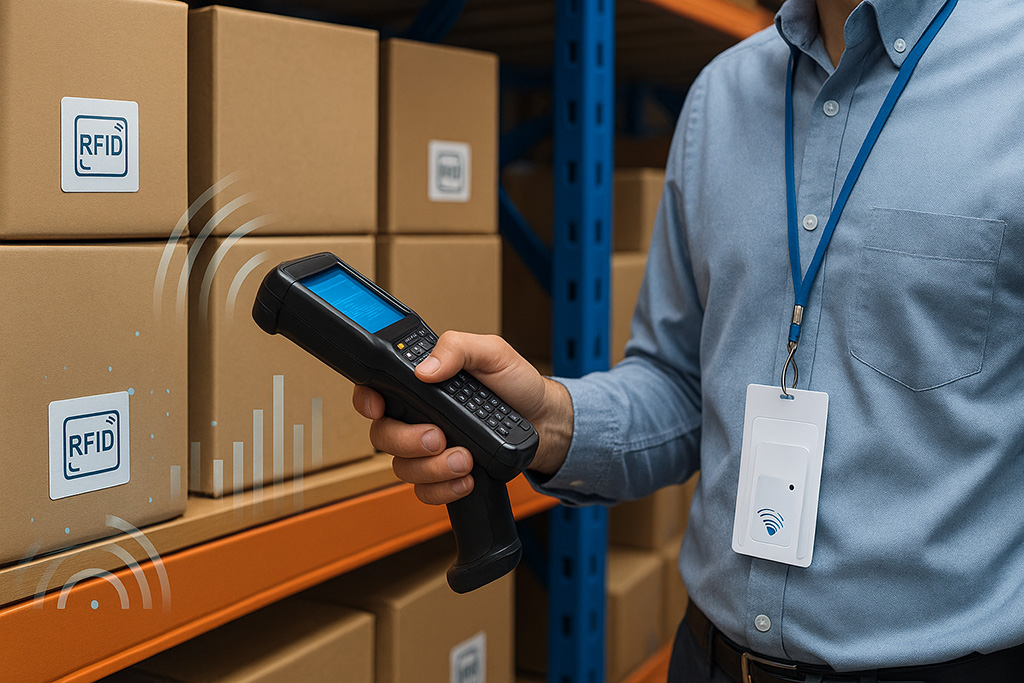
4. Data-Driven Decision Making
One of RFID’s most underrated advantages is its ability to collect vast amounts of data automatically. Every card interaction creates a timestamped log: who accessed what, when, and for how long. Over time, this information builds a detailed picture of asset usage and movement patterns.
With proper analytics, organizations can:
Identify underutilized assets and reallocate them to where they’re needed most.
Predict maintenance needs based on usage frequency rather than fixed schedules.
Detect unusual activity patterns that may indicate security risks.
Optimize staffing levels by analyzing peak access times.
Example:
An event venue uses RFID access cards for staff and contractors. Analysis of the data reveals that certain entrances are heavily used before concerts but remain idle during smaller events. This insight leads to a reconfiguration of security staffing, reducing labor costs without compromising safety.
Data-driven benefits include:
Evidence-based decision making.
Enhanced forecasting for asset procurement.
Greater return on investment from existing resources.
Measurable KPIs for security and operational performance.
5. Scalability & Future-Proofing
Organizations rarely stay static. Growth — whether in physical footprint, headcount, or service offerings — requires systems that can adapt without incurring prohibitive costs. RFID cards are inherently scalable: adding new readers, cards, or asset tags is straightforward and does not require replacing the entire infrastructure.
Furthermore, RFID integrates seamlessly with emerging technologies. IoT sensors can work alongside RFID to provide environmental data (temperature, humidity) for sensitive assets. Artificial intelligence can analyze RFID data for predictive maintenance or anomaly detection. Cloud-based RFID management platforms allow administrators to oversee multiple locations from a central dashboard.
Example:
A logistics company starts with RFID Access Control in a single warehouse. As the business expands to five more facilities, the same system is extended without major redesign. Cloud integration enables headquarters to monitor all sites in real time, with uniform access policies across the network.
Future-proofing advantages include:
Flexible expansion without disruptive overhauls.
Compatibility with biometric authentication for multi-factor security.
Readiness for evolving compliance standards.
Long-term cost savings by avoiding obsolescence.
Implementation Tips & Best Practices
While RFID cards offer substantial benefits, successful implementation requires careful planning:
Start with a Pilot Project: Roll out RFID in a controlled environment to identify potential challenges before full deployment.
Select the Right Frequency: Match LF, HF, or UHF cards to your operational needs. For example, UHF is ideal for long-range asset tracking, while HF/NFC suits secure, short-range access.
Ensure Data Security: Use encryption and secure communication protocols to prevent cloning or interception.
Integrate with Existing Systems: Maximize ROI by connecting RFID with ERP, HR, or inventory management software.
Train Staff Thoroughly: A well-designed system is only effective if users understand how to operate it correctly.
Conduct Regular Audits: Periodic reviews help maintain data accuracy and system integrity.
Conclusion
RFID cards are more than just a modern alternative to keys or magnetic stripe passes — they are a transformative technology that reshapes Asset Management and Access Control from the ground up. By streamlining asset tracking, enhancing security, improving operational efficiency, enabling data-driven decision making, and offering unparalleled scalability, RFID empowers organizations to operate smarter, safer, and more cost-effectively.
As industries continue to embrace digital transformation, the integration of RFID cards into daily operations is set to become the norm rather than the exception. Businesses that adopt this technology today will be well-positioned to meet the challenges of tomorrow, armed with the tools to protect their assets, control access, and make informed decisions with confidence.
Why Choose Us?
Established in 2010 – Over a decade of RFID experience
Full customization – RFID cards, wristbands, key fobs, and smart devices
High quality – ISO-compliant materials (ISO 14443, ISO 15693)
Secure solutions – Encrypted protocols and data protection
Flexible scalability – From startups to enterprise-level projects
Contact us today to learn how we can help streamline your inventory management with reliable, smart RFID solutions.


